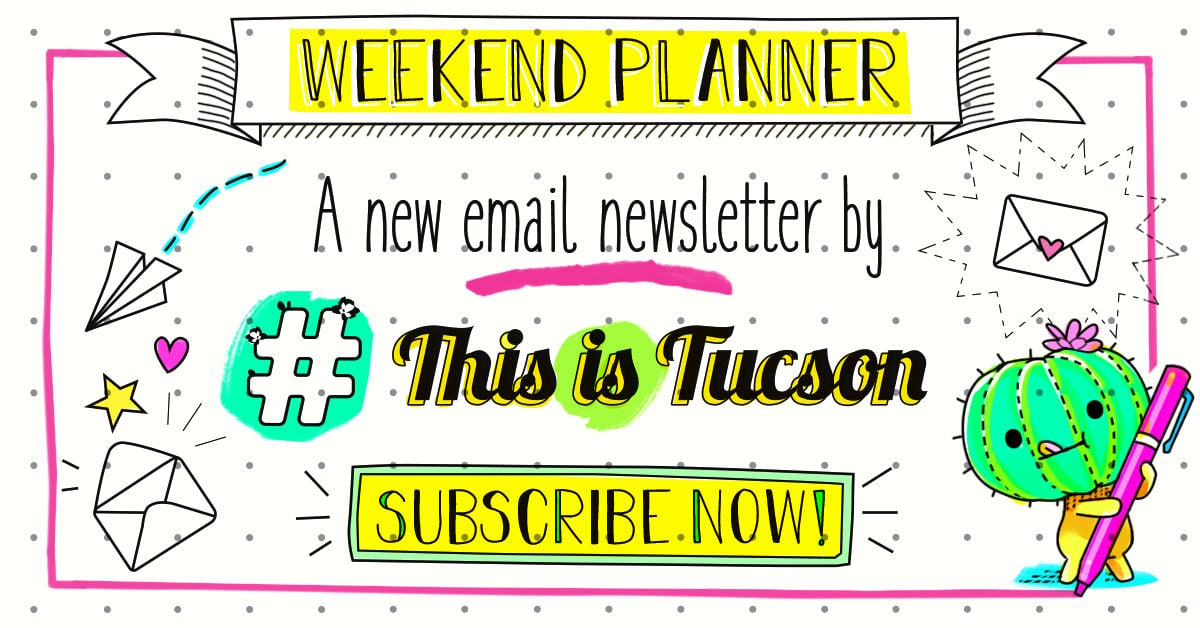Given that many hikes involve exploring new areas, it's important to take steps that can prevent getting lost and to know what to do if that happens.
Here are some common pitfalls that lead to getting lost on the trail:

1. Not bringing navigation tools
Make sure to bring a reliable navigation tool such as a map and compass or a GPS device, and learn how to use them. You can also study the trail ahead of time so that you already know the general area. These tools are also important to have in case of another emergency so you can communicate where you are to search and rescue teams.
2. Getting separated from your group
If you're hiking in a group, everyone should be sure to make an effort to keep the others in sight and make sure everyone is accounted for. Groups also can make a plan for what to do if someone does get separated. This will minimize the risk of separation and ensure everyone stays safe.
3. Not preparing properly
Make sure to pack the 10 essentials (nps.gov/articles/10essentials), research your route, and share your plans — including your planned route and expected return time — with someone not going on the hike.
4. Not checking the weather
Research the forecast before planning your hiking trip. Whether it's snow, rain or heat, getting stuck in extreme weather can be extremely dangerous and lead to getting lost. It's also important to pay attention to weather signs, including clues like increasing winds and developing cloud cover. It's better to turn back early than get stuck in a storm.
5. Assuming tracks in the snow will stick around
Weather and trail conditions can change rapidly during winter months, so don't completely rely on retracing your tracks on your way back. Melting snow, fresh flakes and wind can cause tracks to disappear, so make sure you pay attention to your route and know how to get back to the trailhead. Taking a mental note of landmarks you've passed can be helpful.
6. Altitude sickness
In high-elevation locations, altitude sickness can cause headaches, vomiting, dizziness and fatigue, as well as cause confusion, disorientation and impaired decision-making. This puts hikers at a greater risk of getting lost or injured. Hikers should acclimatize gradually, make sure they stay hydrated, eat enough calories and avoid overexertion. Make sure to stop and rest at the first signs of altitude sickness.
7. Taking shortcuts
Stay on the trail. Don't wander off the trail and get lost trying to follow a shortcut — this can not only lead to getting lost, but also can be bad for the environment.
8. Not knowing your limits
Stick to hikes that are in your skill and experience level. Make sure to know your limits to avoid exhaustion and other mishaps that could lead to getting lost.
9. Not being aware of your surroundings
Take note of landmarks and distinguishable features as you hike so you know what to look for on your way back.
10. Continuing to move if you do get lost
Stop as soon as you realize you might be lost. Do not walk around aimlessly. If you are on a trail, stay on it. Think about how you got to where you are and try to spot landmarks you recognize. Only move if you are very confident in the route.
___
These 22 conservation-minded presidents preserved the most national park land
These 22 conservation-minded presidents preserved the most national park land
Updated
Which American presidents did the most to preserve the land we love as national parks and preserves?
With the presidential election around the corner and the U.S. National Park Foundation receiving a record-breaking grant of $100 million, Lawn Love ranked 22 presidents who preserved the most national park land.
The rankings factored in the acreages of 94 different national parks, national military parks, national preserves, and national trails.
Note: Not all public lands were included in this story. NPS units such as national historic sites, national historic parks, and national monuments were not included, nor were conservation lands managed by the Bureau of Land Management or Forest Service. See the full methodology here.
Presidential rankings

Top Five Close Up
Updated
No. 1: Jimmy Carter | Protected parkland: 40.5 million acres
- Term in office: 1977-1981
- Vice President: Walter F. Mondale
- Political party: Democrat
- Highlights: President Jimmy Carter established Wrangell – St. Elias in Alaska—the nation's largest national park, spanning over 13 million acres. He preserved other vast expanses of endangered areas in Alaska, including Gates of the Arctic, Noatak National Preserve, and Bering Land Bridge National Preserve.
Outside of Alaska, Carter protected land in West Virginia—New River Gorge—and Washington—Ebey's Landing.
The analysis did not factor in conserved areas to be managed by the Bureau of Land Management, which would include an additional 100 million acres of land dedicated by the Alaska National Interest Lands Conservation Act (1980).
Carter was an early proponent of energy conservation and alternative energy sources and supported laws against pollution and for protecting air, water, and natural resources. He installed solar panels on the roof of the White House in 1979.
The former president's high school, childhood home, and campaign headquarters can be explored at Jimmy Carter National Historical Park in Georgia.
No. 2: Woodrow Wilson | Protected parkland: 12 million acres
- Term in office: 1913-1921
- Vice President: Thomas R. Marshall
- Political party: Democrat
- Highlights: The National Park Service was created by President Woodrow Wilson in 1916.
Over the course of his term, Wilson preserved parks from the nation's tallest peak, Denali, to the tropical landscapes of Haleakalā and the Hawaii Volcanoes.
Wilson is also credited with preserving Acadia in Maine, Rocky Mountain in Colorado, and the Grand Canyon.
No. 3: Franklin D. Roosevelt | Protected parkland: 7.4 million acres
- Term in office: 1933-1945
- Vice President: John Nance Garner | Henry Agard Wallace | Harry S. Truman
- Political party: Democrat
- Highlights: Numerous iconic park destinations—from Big Bend in Texas to the South Dakota Badlands to the Florida Everglades—were preserved by President Franklin D. Roosevelt. Several California sites were protected as well, including Channel Islands, Death Valley, and Joshua Tree.
As president, Roosevelt introduced the Civilian Conservation Corps which employed 3 million workers for land conservation projects—removing invasive plants and restoring trails and historic sites. The CCC also created numerous state parks.
FDR expanded the NPS to include historic sites like cemeteries and memorials, and transferred the management of many public monuments from the War Department and Army Corps of Engineers to NPS.
Over the course of his lifetime, FDR planted half a million trees in his hometown of Hyde Park, New York. His home is now a national historic site.
No. 4: Calvin Coolidge| Protected parkland: 4.8 million acres
- Term in office: 1923-1929
- Vice President: Charles Gates Dawes
- Political party: Republican
- Highlights: President Calvin Coolidge preserved the glaciers and rainforest of Glacier Bay in Alaska.
He also protected iconic Southeastern spots like Mammoth Cave in Kentucky, Shenandoah in Virginia, and America's most-visited national park, the Great Smoky Mountains in North Carolina and Tennessee.
Coolidge also celebrated Forest Protection Week and Arbor Day.
His childhood home has been preserved by Vermont as a state historic site.
No. 5: Ulysses S. Grant | Protected parkland: 2.2 million acres
- Term in office: 1869-1877
- Vice President: Schuyler Colfax | Henry Wilson
- Political party: Republican
- Highlights: Grant signed the Yellowstone National Park Protection Act in 1872, designating Yellowstone as the first national park.
However, Grant never visited Yellowstone, and in creating the park forced out and displaced the numerous Indigenous tribes native to the region.
His family estate in Missouri is preserved as a national historic site.
Key insights
Yellowstone, America's first national park, was designated in 1872 by Ulysses S. Grant (No. 5). Since then, conservation efforts have expanded to 431 distinct sites managed by the National Park Service, including 63 national parks and 19 national preserves.
The Forest Reserve Act of 1891, signed by Benjamin Harrison (No. 7), was an early legislative step toward federal conservation efforts. Theodore Roosevelt (No. 13) later signed the Antiquities Act of 1906 into law, introducing federal protections for natural resources and historic sites.
Among the biggest steps for national park conservation over the past two decades was the establishment of Mojave National Preserve in California by Bill Clinton in 1994, protecting over 1.5 million acres of land.
- Two presidents had a close relationship with NPS before Inauguration Day: Herbert Hoover (No. 10) was named president of the National Parks Conservation Association in 1924, and Gerald Ford (No. 12) was a park ranger for one summer in 1936 at Yellowstone.
- Of the nation's 10 biggest national parks, seven are located in Alaska. The largest park is Wrangell – St. Elias—protected by Jimmy Carter (No. 1) in 1978—at around 13 million acres.
Behind the ranking
For each of the 94 national parks, preserves, military parks, and trails included in this ranking, the analysis used data on park size (acreage) and their establishment dates, which were then attributed to the respective presidential administrations.
Notes:
- Not all units managed by the National Park Service were included in this ranking. Battlefields, historical parks and sites, monuments, and memorials were not considered, since many are designated to preserve historic sites like military forts, buildings, and ruins—and not to preserve wild lands or natural resources.
- Conservation lands managed by the Bureau of Land Management or Forest Service were not included in this ranking.
Final thoughts
Conservation is a complex topic: the development of national parks hasn't been positive for everyone. Many national parks were created by forcibly displacing the Indigenous stewards who had occupied the land for ages. Several parks in the Jim Crow era were segregated, including Hot Springs, Shenandoah, and the Great Smoky Mountains.
Today, some parks are working to restore cultural ties and partner with Native communities for conservation efforts. There are now more than 80 co-stewardship agreements between Indigenous Tribes and communities and NPS sites, featuring groups like the Ancestral Lands Conservation Corps and cultural programs and projects at parks like Acadia, Grand Canyon, and Glacier Bay.
After a hefty budget cut from Congress, the parks will benefit from a record-breaking $100 million gift to the National Park Foundation, dedicated to enhancing wildlife conservation and exploring the parks' Indigenous histories.
Visitation records show that parks are more popular than ever, meanwhile staffing has been steadily decreasing as parks struggle with smaller budgets. With increased instances of severe weather on the horizon, it will become even more costly to maintain and repair national parks from storm damage.
Parkland is worth the cost to manage, not only because of the priceless scenery, but because national parks boost local—many rural—economies and provide over 310,000 jobs within park communities.
This story was produced by Lawn Love and reviewed and distributed by Stacker Media.




